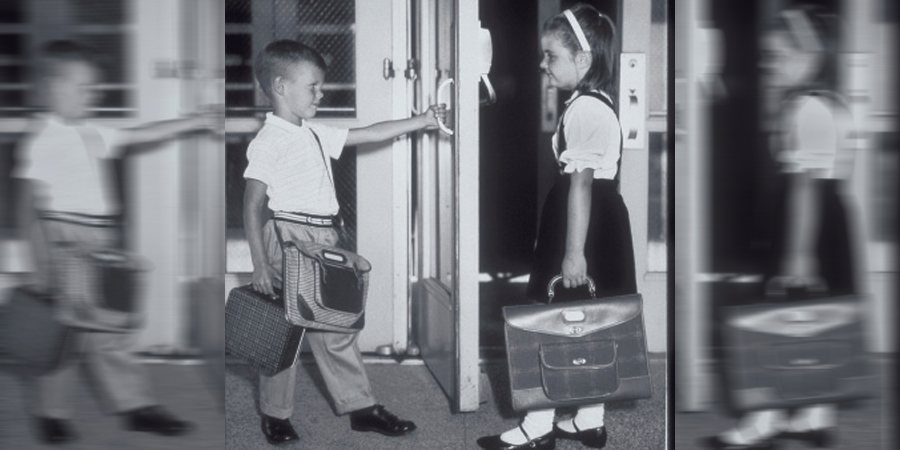Kerby Anderson
The American Psychological Association recently identified another social problem that needs to be addressed by counselors: traditional masculinity. This new report once again illustrates that the APA is frequently driven by politics rather than science.
The APA guidelines triggered an immediate online backlash. That led them to issue another statement and begin to redefine what they meant by “traditional masculinity.” The authors began by trotting out legitimate concerns about men who are sexually abusive or disrespectful.
Here’s a suggestion: before you start throwing around terms like “toxic masculinity” or talk about the dangers of “traditional masculinity,” define your terms. Yes, some men can act like boors or jerks. But most men know that boorish or obnoxious behavior is not masculinity.
To its credit, the APA report opens with a sobering analysis of how badly boys and men are doing in America today. They are twice as likely to be diagnosed with ADHD. They use drugs and alcohol more often than women. Men are 3.5 times more likely to commit suicide than women.
We can add other social factors. A very high percentage of men are in prison. More women graduate from high school and college than men. And while women’s wages have risen for the last few decades, men’s wages have been static.
Perhaps it is time to remind the APA that traditional masculinity helped build Western civilization and protected us from the barbarians that wanted to destroy it. Men with masculinity used to protect femininity by teaching manners to their sons and admonishing them to treat women with dignity and respect.
The APA might want to survey women. I predict that few will complain that men are too masculine. Most of them will lament that men today lack masculinity. The APA has it exactly backwards.
 Listen Online
Listen Online Watch Online
Watch Online Find a Station in Your Area
Find a Station in Your Area











 Listen Now
Listen Now Watch Online
Watch Online
